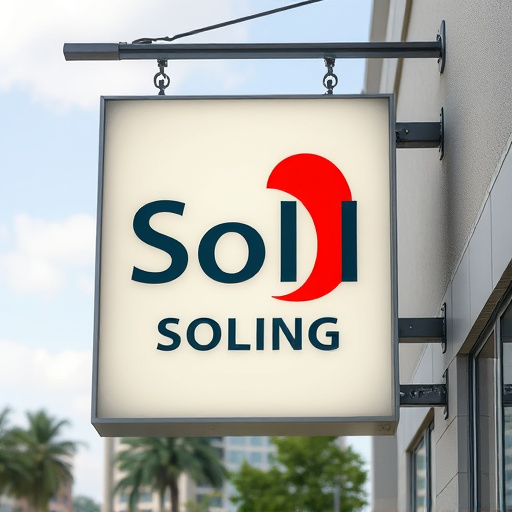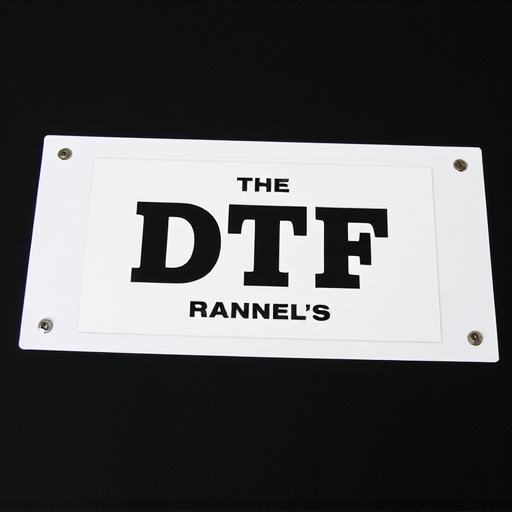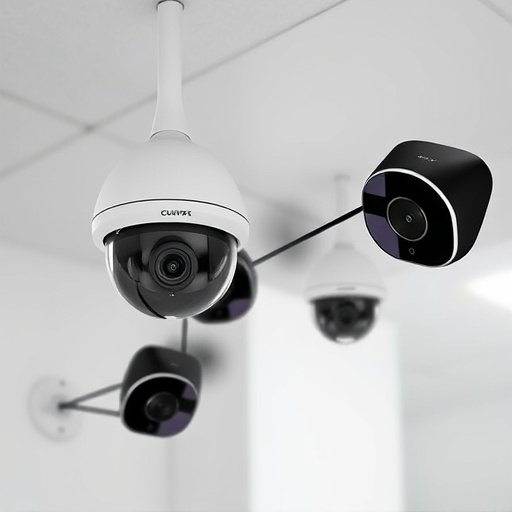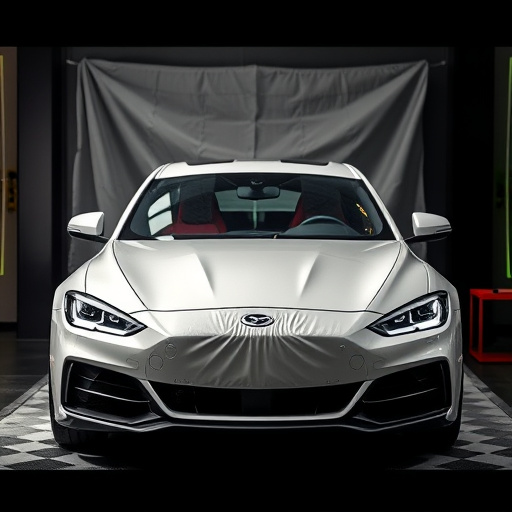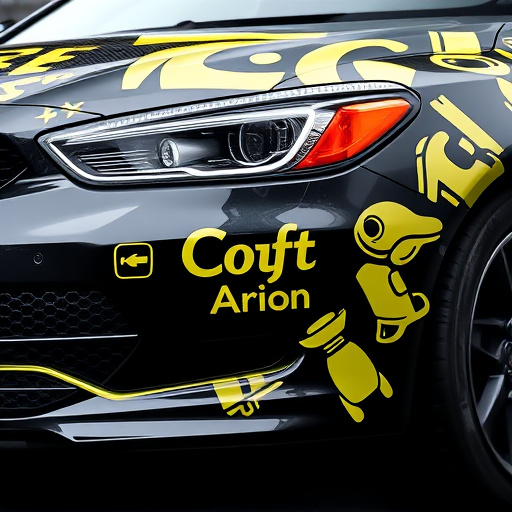Heat rejection tinting uses specialized window tints to reduce heat gain, block UV rays, and enhance energy conservation in vehicles and buildings. These advanced films allow visible light passage while filtering infrared radiation, creating cooler interiors, improved driver safety, and reduced AC needs in cars. For residential and commercial spaces, they lower energy consumption, improve comfort, and maintain optimal visibility without compromising aesthetics or privacy. Custom vehicle wraps also benefit from this technology for both performance and style enhancements.
“Heat rejection tinting is transforming the way we approach window treatment, offering a balance between comfort and energy efficiency. This innovative technology goes beyond traditional tints by mitigating excessive heat gain, ensuring optimal indoor temperatures. In this article, we explore the fundamentals of heat rejection tinting, its legal and non-reflective options, and the wide range of benefits it brings to both residential and commercial settings. Discover how these advanced window treatments are revolutionizing spaces.”
- Understanding Heat Rejection Tinting: The Basics
- Legal and Non-Reflective Options for Modern Windows
- Benefits and Applications in Residential and Commercial Spaces
Understanding Heat Rejection Tinting: The Basics
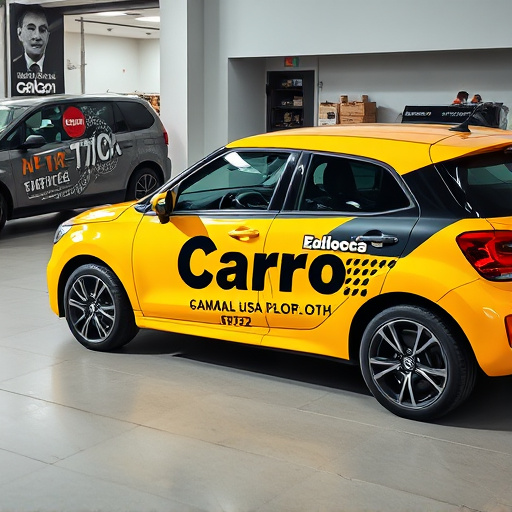
Heat rejection tinting is a process that involves applying special window tints to vehicles, buildings, and other structures to reduce heat gain and block harmful UV rays. These tints are designed to absorb or reflect a significant portion of the sun’s radiant energy, preventing it from entering and heating up interior spaces. This not only enhances comfort but also plays a crucial role in energy conservation, as lessened heat absorption can lead to reduced cooling costs.
The technology behind heat rejection tinting leverages advanced materials like metalized films or dyed films. Vinyl wraps and paint protection film, often used in automotive applications, are examples of these materials. These films are meticulously engineered to filter out specific wavelengths of light, typically allowing visible light to pass while blocking infrared radiation. By doing so, they create a cooler, more comfortable environment without compromising visibility, making them ideal for both residential and commercial settings.
Legal and Non-Reflective Options for Modern Windows
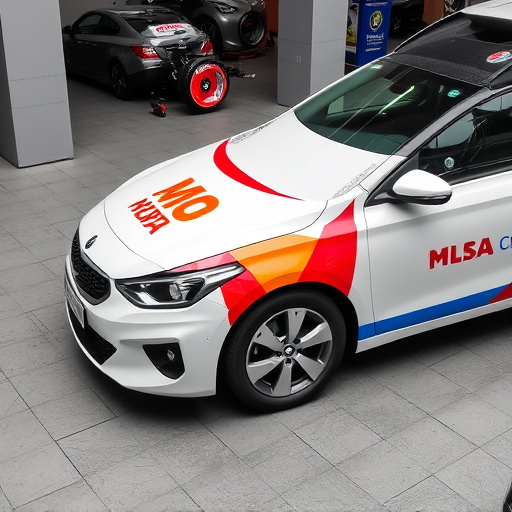
In the realm of modern window technology, consumers now have a plethora of options when it comes to heat rejection tinting. Legal and non-reflective tints have emerged as popular choices for both residential and automotive applications. These advanced films offer an effective solution to the rising issue of heat gain in buildings and vehicles without compromising visibility or aesthetics. By utilizing specialized protective coatings, these tints actively reject infrared radiation, significantly reducing interior temperatures and creating a more comfortable environment.
Automotive detailing enthusiasts and vehicle enhancement professionals recognize the benefits of non-reflective heat rejection tinting for cars. It not only enhances driver safety by improving visibility but also contributes to fuel efficiency and reduces the need for excessive air conditioning. With a range of options available, consumers can choose from different levels of tint darkness while adhering to legal requirements, ensuring their vehicles remain legal and stylish without sacrificing performance or comfort.
Benefits and Applications in Residential and Commercial Spaces

Heat rejection tinting offers a multitude of benefits for both residential and commercial spaces, making it an increasingly popular choice in today’s world. By reducing the amount of heat that enters buildings through windows and glass doors, these tints can significantly lower energy consumption and improve indoor comfort, especially in warmer climates. This is particularly advantageous for homeowners looking to reduce their carbon footprint and utility bills while creating a more pleasant living environment.
In commercial settings, such as offices, retail stores, and industrial facilities, heat rejection tinting plays a crucial role in enhancing productivity and efficiency. By mitigating the impact of solar heat gain, buildings can maintain cooler temperatures, reducing the strain on air conditioning systems and contributing to cost savings. Moreover, non-reflective options ensure that interiors remain private and comfortable without compromising on natural light, making them ideal for spaces requiring a balance between aesthetics and functionality. Custom vehicle wraps utilizing high-quality finishes and paint correction techniques also benefit from heat rejection tinting, offering both style and performance improvements.
Heat rejection tinting, with its blend of legal and non-reflective options, offers a modern solution for managing indoor temperatures and reducing energy consumption. By utilizing advanced window treatments, both residential and commercial spaces can benefit from enhanced comfort, reduced cooling costs, and improved environmental sustainability. These tints are not just about aesthetics; they’re a practical step towards a more efficient future, allowing us to enjoy comfortable living and working spaces while minimizing our ecological footprint.
